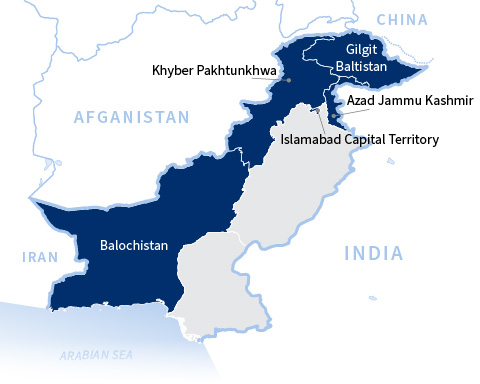The oral reading fluency (ORF) subtask measures how quickly and accurately a student can read. It is a core component of EGRA because it brings together lower-level reading skills (such as decoding and familiar word recognition) with how quickly and easily the student can read a given word (called automaticity).
Students were given a short, written passage on a topic that was familiar to them. They were asked to read it out loud “quickly but carefully” and were given 60 seconds from when they begin to read. The EGRA administrator timed the student, making note of any mistakes the student made while reading the words aloud. The score is reported as correct words per minute (cwpm).


